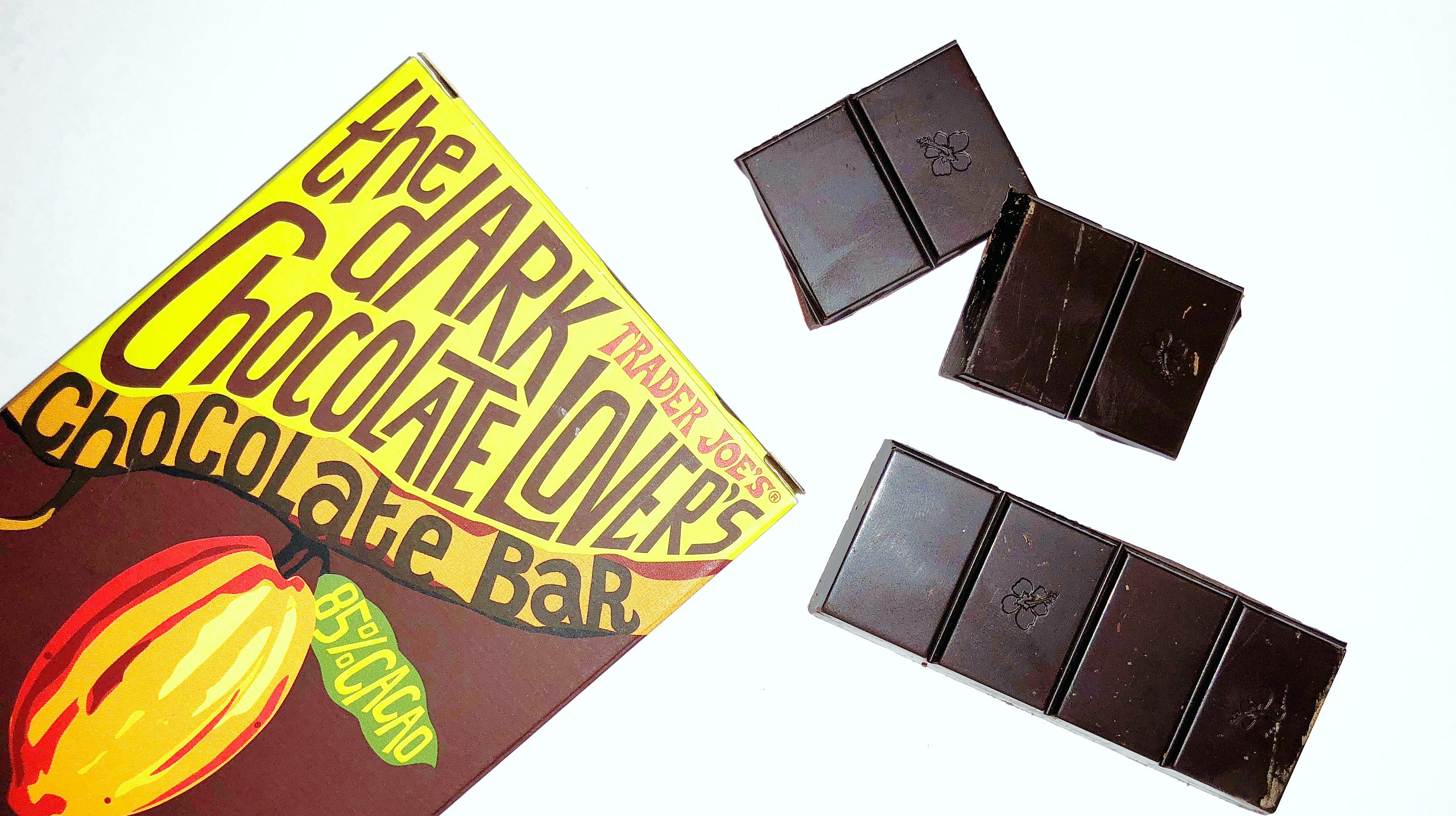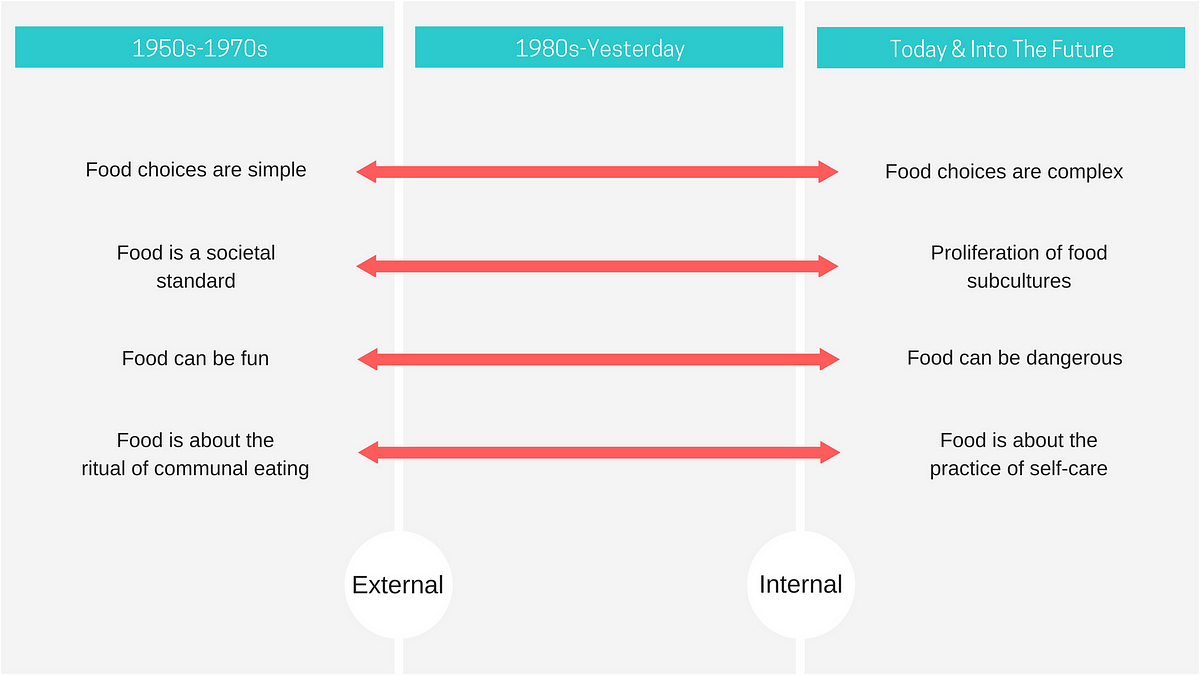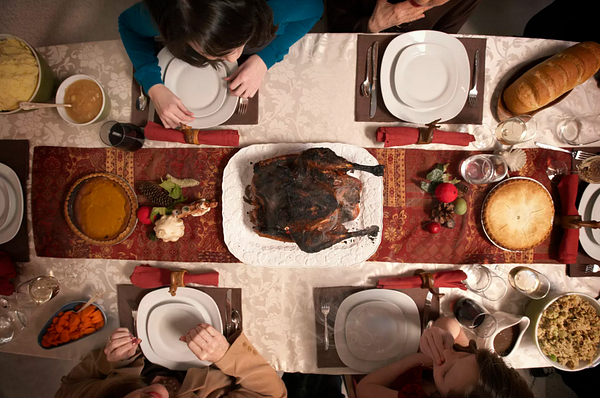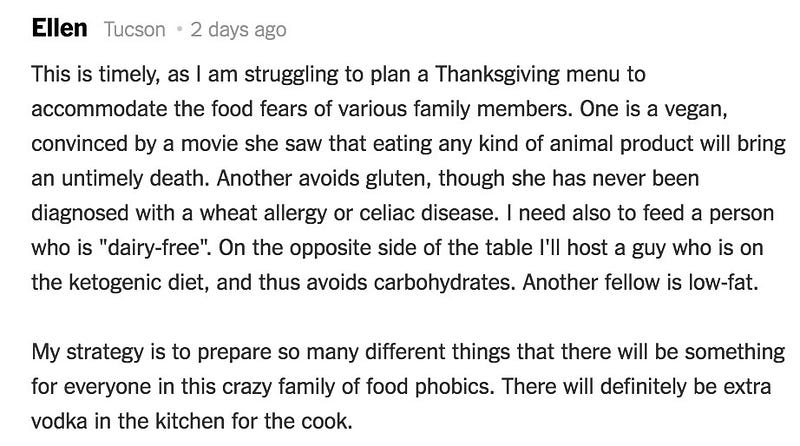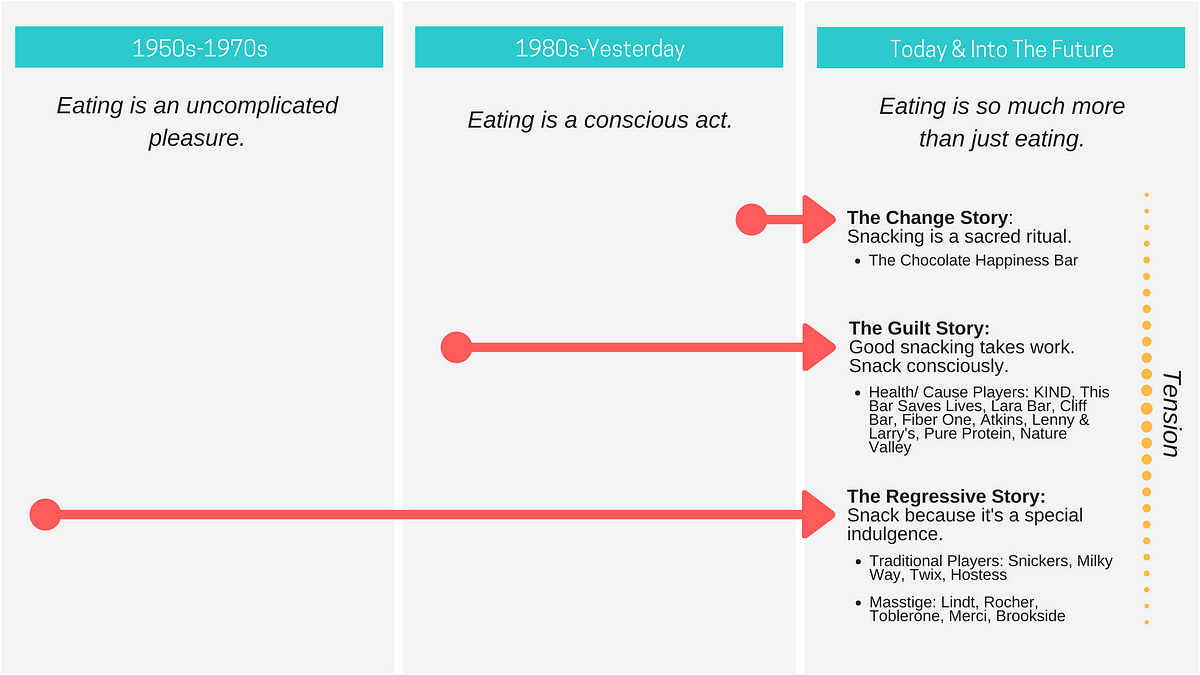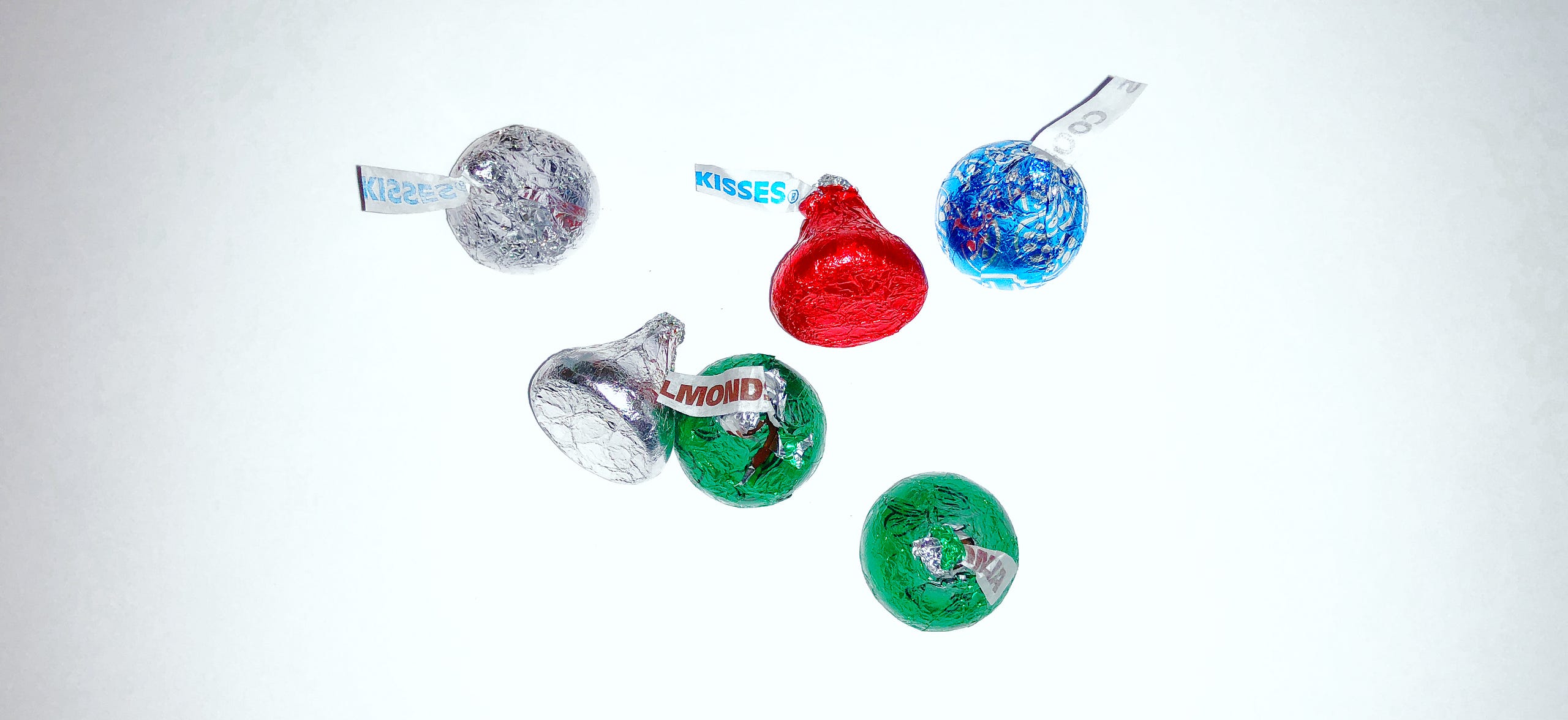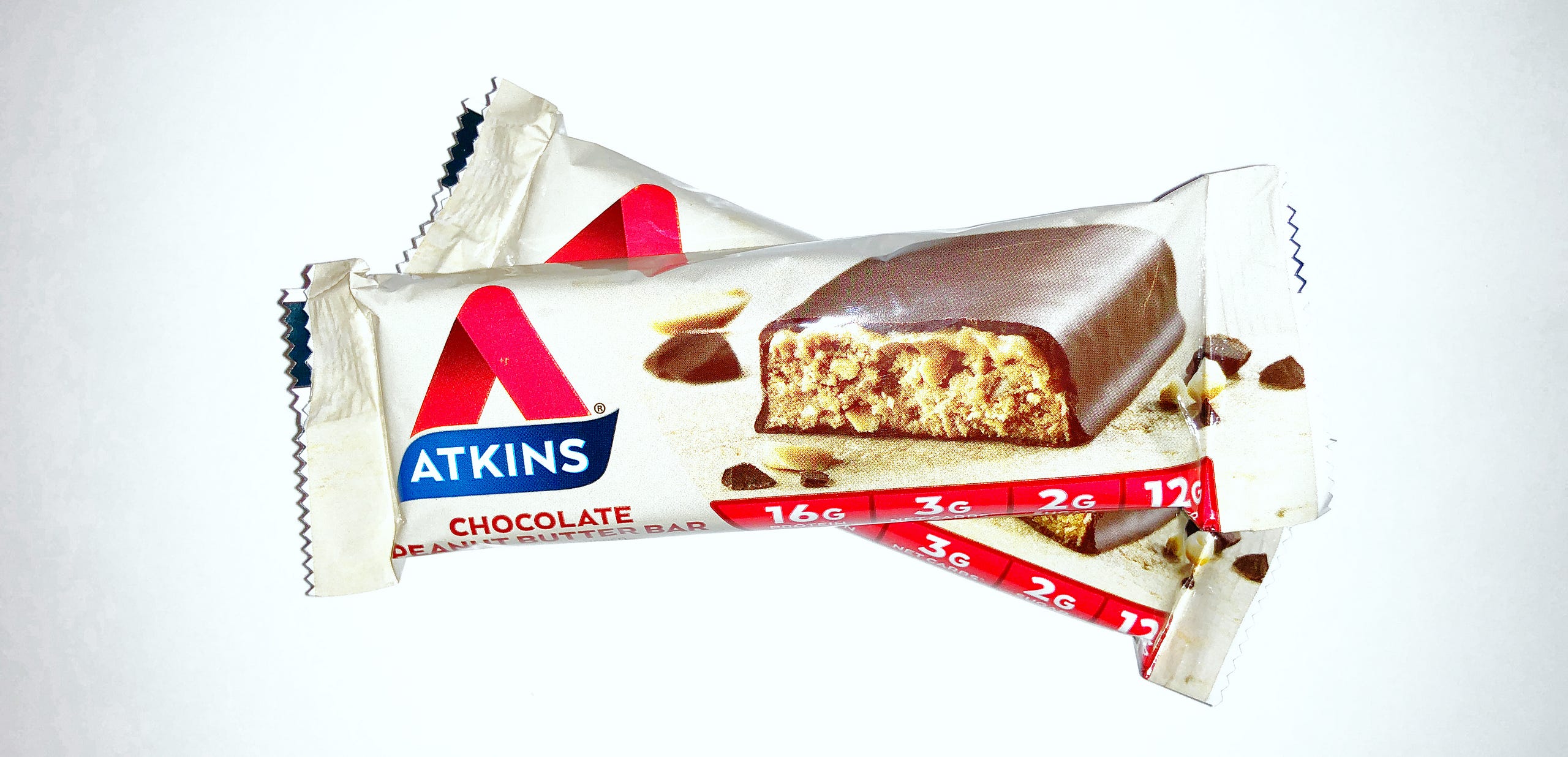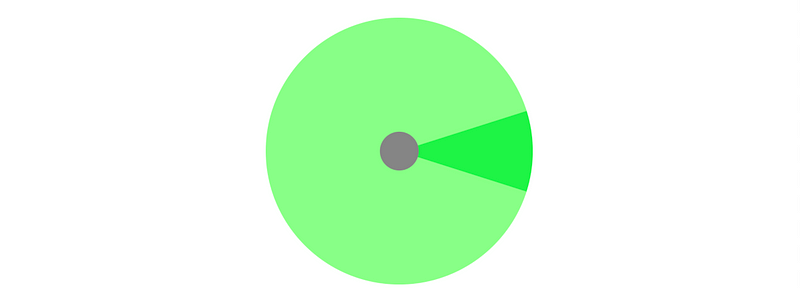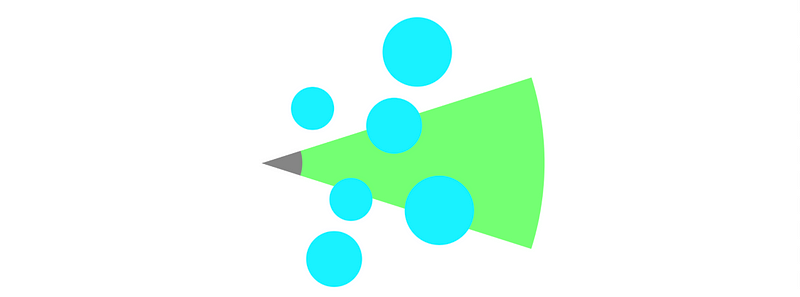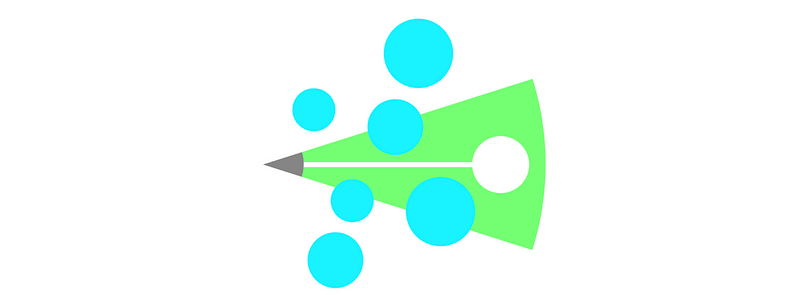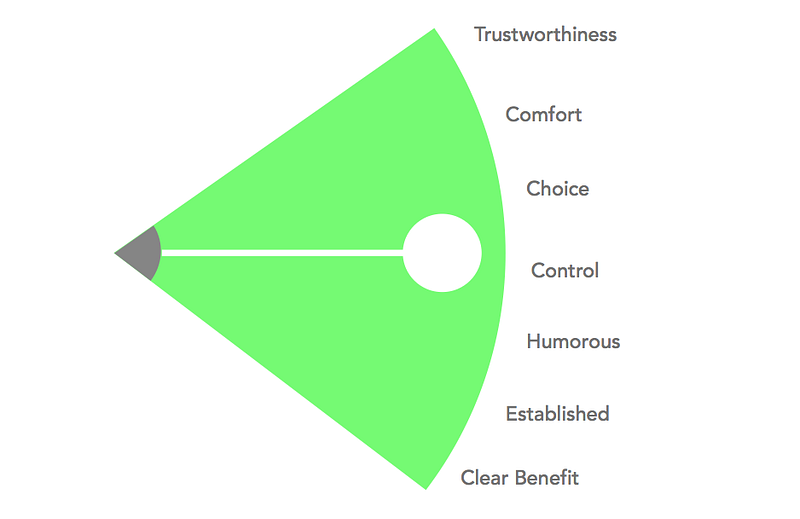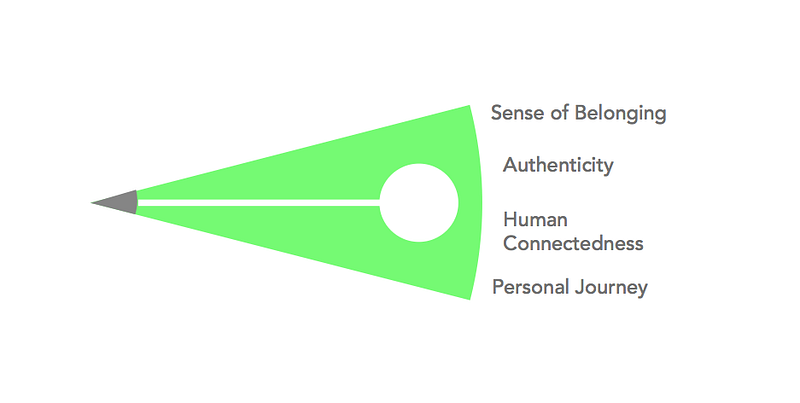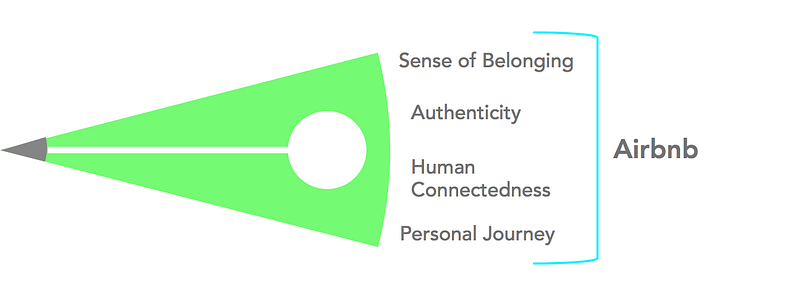‘Relevance’ Is Losing Relevance
There is a new industry of cultural relatability emerging that has moved the benchmark of brand connection. The brands that are winning today have already discovered that “being relevant” is a dying industry, and the only way to move forward is through relatability.
With apps like TikTok at the helm, individuals today only have to engage with brands that relate to who they are and what they care about. Being relevant – i.e., making your brand and product matter in the moment at hand – is no longer enough. Instead, the new frontier of relatable connection facilitates deeper relationships that go beyond what brands are selling. Brands must now behave like mirrors of our psyches and attempt to forge relatable, intimate connections.
Relevancy flourished in the 2010s with the rise of the D2C model. Aesthetic homogeneity defined the relevancy era as every startup capitalized on the “millennial aesthetic,” We saw homogeneity in logos as luxury brands rebranded themselves in san-serif font. Even within the model itself, every D2C brand focused its efforts on marketing a single product to everyone. When you think Glossier you think of Boy Brow. For Casper, their Original Mattress. For Article, the Sven Charme Tan Sofa.
These brands set the tone in our culture. They gave us a model for relevancy in our own lives. The premiumization of these products made us fit into the norms of what was presented to us as popular and mainstream. It started taking over our Instagram feeds as we worked hard curating the perfect aesthetic to fit the aspirational standard of the millennial lifestyle. The goal being, “I want to be relevant” as opposed to “I want to feel relatable.”
Facebook’s advertising platform drove the success of these brands. For D2C companies, this was their retail space, and buying more ads further established their relevance. We saw the same ads, and we were all drawn to buying the same products. Whoever spent the most money on ads would be the most relevant. Having the single best product at first felt enough.
Casper was one of many D2C brands that spearheaded the industry of relevancy. The disruptor of the “sleep” category, Casper became known for their “Original Mattress”. By making one perfect mattress for everyone, they made one product relevant to everyone.
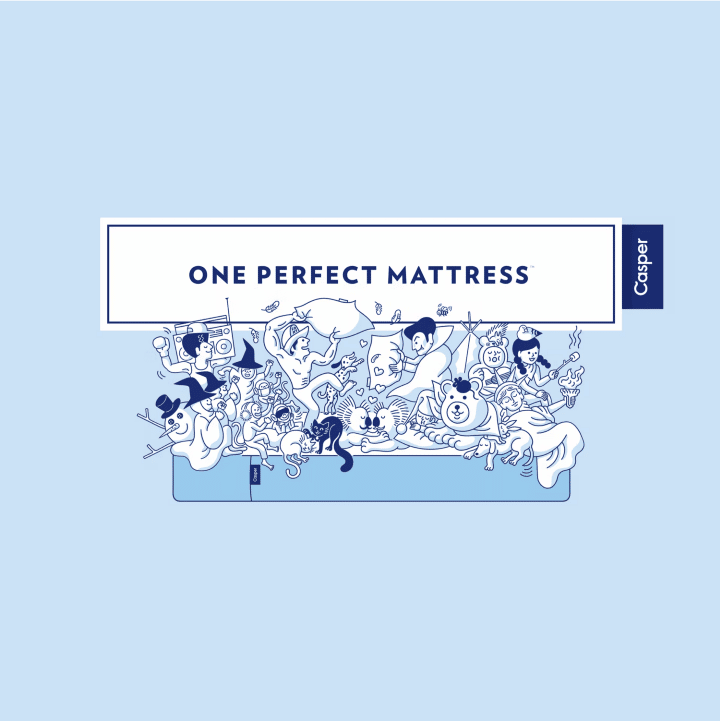
Buying for relevance led to their demise. As Casper’s competitors, like Leesa and Purple, came out with their own version of the “one best mattress.” What we thought disrupted the mattress category ended up becoming an online version of the traditional mattress store. The only loyalty was determined by the number of eyes bought through millions spent on buying space instead of building relationships.
In 2021, Casper took itself off the market, going private for less than half its original IPO price and has become the poster child of DTC death.
Questions to consider:
- Consider how your brand is being perceived today. If everything is premium, how is your brand differentiating itself from others in your category?
- If your brand stopped all of its performance marketing today, who are the people that remain? These are the relationships you should be building and paying attention to.
TikTok, The Relatability Platform
Relatability is the only way to cut through the noise of relevancy.
TikTok has become the ultimate relatability platform and has pushed brands to change the way they communicate.
The TikTok experience thrives on discovery and how we curate our feeds is based on our interests instead of the people we follow. Although there is a “following” feed, unlike Instagram and Facebook you’re more likely to spend your time on the For You Page (FYP) to discover what’s new, what’s going viral, and watch content that is most interesting to you. Instagram has never been able to figure out its discovery features, and despite its attempts to catch up, it’s clear that the culture of Instagram is drastically different from the culture of TikTok.
On TikTok, we create virtual mirrors. We teach our algorithms to reflect only what’s relatable to us and our inner selves. Our views, likes, and shares are all validations of what feels deeply true to who we are. It creates a kind of intimacy, a reflection of our subconscious.
Knowing this, brands have to compete for our attention differently. In order for your brand to show up on a user’s FYP, there is a deeper level of relatability and intimacy that’s required. Talking about the benefits of your product will leave your content unengaged. You have to find moments that tap into your audience’s subconscious. It’s about revealing something that exists at the edges of their identity.
This has also forced brands to put a face to their brand, bringing relatability face-to-face. It’s no longer enough to have curated products displayed on a simple background. Even if it’s a person in an owl suit (Duolingo) or a humanized version of an airplane (Ryanair), when you’re looking at someone face-to-face, you also look for the things that relate to you.
As with every other social media platform, we will eventually get inundated with ads that flood our TikTok feeds. However, the brands that succeed won’t be the ones that make themselves relevant but create content that feels relatable.
Questions to consider:
- Besides TikTok, where else in your brand communication strategy are there opportunities you can reveal moments of someone’s subconscious identity?
- How can your brand validate the feelings they’re experiencing through a “face” in which they can see themselves?
- What they care about and what their values are is just the first step. When you go deeper, what are the things that are being left unsaid? These are the “a-ha” moments that facilitate a deeper connection.
Relatability in Action
On TikTok, we see clear depictions of brands leveraging relatability. The ones that succeed thrive more on relatable content rather than relevant content, either through original media or strong proxies.
Duo’s “unhinged” personality on TikTok is an example of a brand that is leveraging this kind of relatability. Learning a new language on Duolingo may feel relevant to a young audience of Gen Z, who typically take a language course in high school, but simply talking about the benefits doesn’t feel relatable. However, the experience of shooting your shot for someone who is completely unattainable is 100% relatable. This, along with their frequent use of trending sounds and “absurd” entertainment, have made who they are as a brand completely relatable to a human experience that many can feel intuitively, even if it has nothing to do with their business.
Doja Cat is a strong proxy for relatability.
This was an ad for JBL. It received 23.8M views, and 5.2M likes.
@dojacat
This was her “contractual” jingle for Taco Bell. Together they accumulated 59.8M views, and her jingle alone got 8.6M likes.
Would you consider these relevant or relatable? If you said relatable, you know it’s because it has everything to do with who Doja is and how she’s perceived. In addition to its absurdity, you too might be rallying for the comeback of Mexican Pizza and forever pronouncing JBL, “jibble.”
Her fame rose because of TikTok, but in addition to good music, she makes herself feel completely relatable to her audience.
She often gets comments such as “Does Doja know she’s famous?” because of her raw and unfiltered behavior. She uses trending filters and sounds like every other person on the app. She is tapped into the culture and knows her audience because she is one of them.

This video of her shows perfectly how in tune she is on TikTok, reciting the obscure trend of flooding comment sections with “brownie recipes,” “chupagetti,” “story time,” “crop time,” and “you don’t have this emoji.” There is no purpose, no promotion, no makeup, hair undone, and all done on her phone. It’s so unhinged that there’s no way you could believe this was produced. She is both Grammy-winning and a hot mess.
For an audience that is ad-jaded, having her deliver your message will cut through the noise.
Questions to consider:
- Where are the places your brand can also be the audience?
- Who are the proxies you can leverage that have a genuine understanding of the people you’re trying to reach? This is more than getting someone who can put together a sales pitch or an influencer that your audience follows. Really consider who and how you want to deliver your message.
Understanding Relatability
What’s relatable today may not be relatable tomorrow, but creating relatability is key to developing deeper relationships with your audience. It’s not to say relevance isn’t important, but understanding the difference will shape the way you strategize, position, and communicate your brand.
As brands, we tend to ask, “How can I stay relevant?” But, the question we should really be asking is “How can I be relatable?”.
To be relevant is to establish context. Relevant brands create the setting that makes their brand feel relevant to their audiences.
To be relatable is to facilitate a deep connection through this context. Relatable brands reflect their audiences’ identity in a way that goes beyond the product they’re selling. They reveal and validate hidden truths to which their audiences can connect and relate.
Venmo is relevant. They’ve made P2P payments incredibly easy to use for anyone who engages with the app.
Cash App, in contrast, is relatable. Their brand goes further, tapping into a subculture that goes beyond P2P payments. They facilitate a deeper connection beyond finance as a category. Cash App is a culture.
Both of these brands are relevant, but only one of them is relatable.
Relatability Moving Forward
Although TikTok is a catalyst for the relatability industry, the platform signifies a larger shift in the way we navigate and experience our digital worlds. As brands make their way into the Metaverse, relatability will become more critical.
A truly decentralized digital world promises that users will own and govern their own spaces and have full autonomy to choose how they identify or want to be perceived (i.e., digital avatars that might not look anything like their physical selves, controlling their own data). This means the ways in which we connect will be led exclusively by similar interests and values in very tight-knit communities. Establishing relevance won’t work in the Metaverse. Instead, you’ll have to find ways to create, build, and facilitate relatability.
On TikTok, it’s Duo, Ryanair, and Doja Cat, but in the Metaverse, virtual influencers like Lil Miquela will take the stage. As the first virtual social media influencer, some may say that she isn’t relatable because she isn’t human. Yet in the age of filters and photo editing apps that completely alter our human faces and bodies, Miquela is arguably as real as it gets. Although she isn’t AI-powered, her success has sparked the creation of many after her. Miquela forces us to consider what it means to be “real.” She fully acknowledges that she’s not human. There is no room for ambiguity or skepticism, only honesty.
@lilmiquela i think i won this trend #onethingaboutme
When you create moments of relatability, what you’re really creating is moments of authenticity.
Look for the places where people are searching for deep truth. Learn their language, understand their culture, and go beyond face value, because where there is a lot of noise, people will focus on the voices that look, sound, and feel the most familiar.
When you create a relatable connection, you become a part of their identity. These are the brands people will remember.





